Xiaoran Jiang
BOGausS: Better Optimized Gaussian Splatting
Apr 02, 2025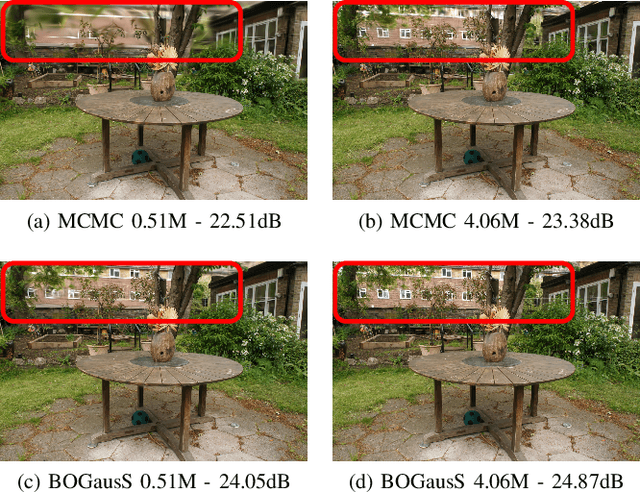
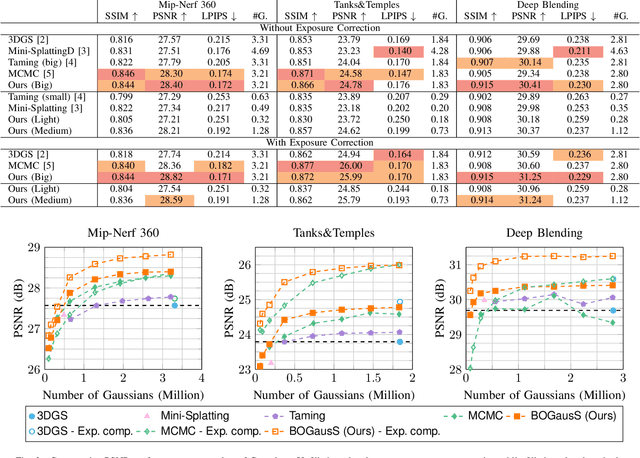
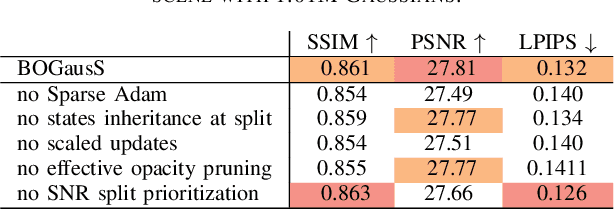
Abstract:3D Gaussian Splatting (3DGS) proposes an efficient solution for novel view synthesis. Its framework provides fast and high-fidelity rendering. Although less complex than other solutions such as Neural Radiance Fields (NeRF), there are still some challenges building smaller models without sacrificing quality. In this study, we perform a careful analysis of 3DGS training process and propose a new optimization methodology. Our Better Optimized Gaussian Splatting (BOGausS) solution is able to generate models up to ten times lighter than the original 3DGS with no quality degradation, thus significantly boosting the performance of Gaussian Splatting compared to the state of the art.
Ancestral Inference and Learning for Branching Processes in Random Environments
Jan 27, 2025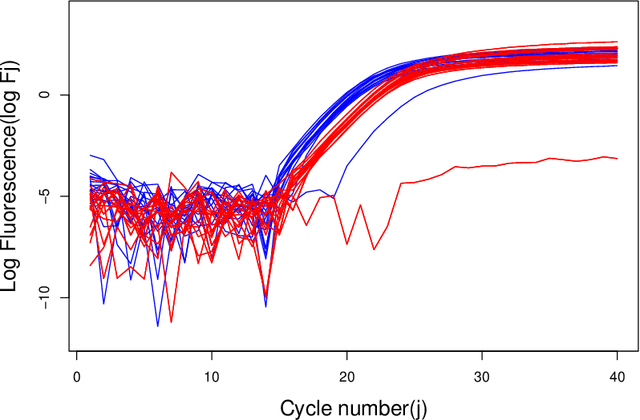
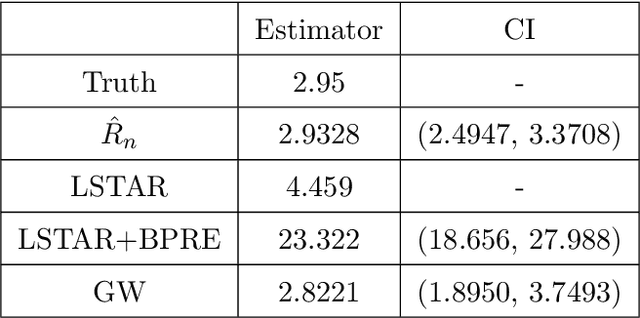
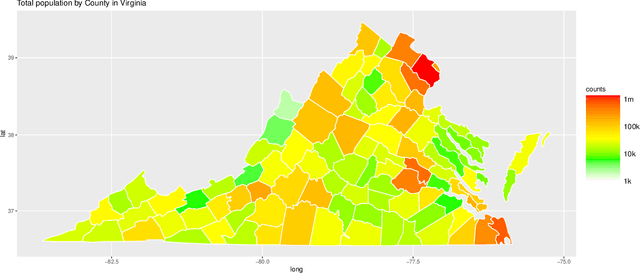

Abstract:Ancestral inference for branching processes in random environments involves determining the ancestor distribution parameters using the population sizes of descendant generations. In this paper, we introduce a new methodology for ancestral inference utilizing the generalized method of moments. We demonstrate that the estimator's behavior is critically influenced by the coefficient of variation of the environment sequence. Furthermore, despite the process's evolution being heavily dependent on the offspring means of various generations, we show that the joint limiting distribution of the ancestor and offspring estimators of the mean, under appropriate centering and scaling, decouple and converge to independent Gaussian random variables when the ratio of the number of generations to the logarithm of the number of replicates converges to zero. Additionally, we provide estimators for the limiting variance and illustrate our findings through numerical experiments and data from Polymerase Chain Reaction experiments and COVID-19 data.
Overfitted image coding at reduced complexity
Mar 18, 2024Abstract:Overfitted image codecs offer compelling compression performance and low decoder complexity, through the overfitting of a lightweight decoder for each image. Such codecs include Cool-chic, which presents image coding performance on par with VVC while requiring around 2000 multiplications per decoded pixel. This paper proposes to decrease Cool-chic encoding and decoding complexity. The encoding complexity is reduced by shortening Cool-chic training, up to the point where no overfitting is performed at all. It is also shown that a tiny neural decoder with 300 multiplications per pixel still outperforms HEVC. A near real-time CPU implementation of this decoder is made available at https://orange-opensource.github.io/Cool-Chic/.
A learning-based view extrapolation method for axial super-resolution
Mar 11, 2021
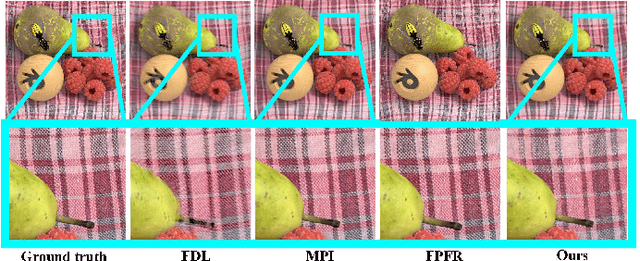


Abstract:Axial light field resolution refers to the ability to distinguish features at different depths by refocusing. The axial refocusing precision corresponds to the minimum distance in the axial direction between two distinguishable refocusing planes. High refocusing precision can be essential for some light field applications like microscopy. In this paper, we propose a learning-based method to extrapolate novel views from axial volumes of sheared epipolar plane images (EPIs). As extended numerical aperture (NA) in classical imaging, the extrapolated light field gives re-focused images with a shallower depth of field (DOF), leading to more accurate refocusing results. Most importantly, the proposed approach does not need accurate depth estimation. Experimental results with both synthetic and real light fields show that the method not only works well for light fields with small baselines as those captured by plenoptic cameras (especially for the plenoptic 1.0 cameras), but also applies to light fields with larger baselines.
Storing sequences in binary tournament-based neural networks
Sep 01, 2014



Abstract:An extension to a recently introduced architecture of clique-based neural networks is presented. This extension makes it possible to store sequences with high efficiency. To obtain this property, network connections are provided with orientation and with flexible redundancy carried by both spatial and temporal redundancy, a mechanism of anticipation being introduced in the model. In addition to the sequence storage with high efficiency, this new scheme also offers biological plausibility. In order to achieve accurate sequence retrieval, a double layered structure combining hetero-association and auto-association is also proposed.
A study of retrieval algorithms of sparse messages in networks of neural cliques
Aug 21, 2013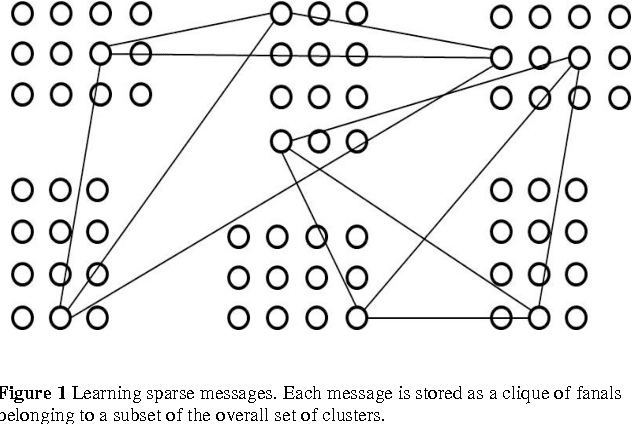
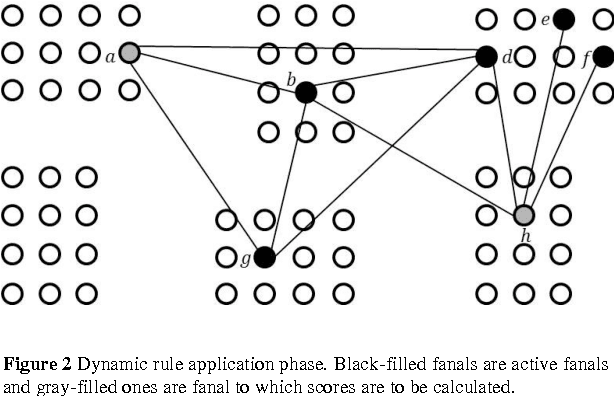
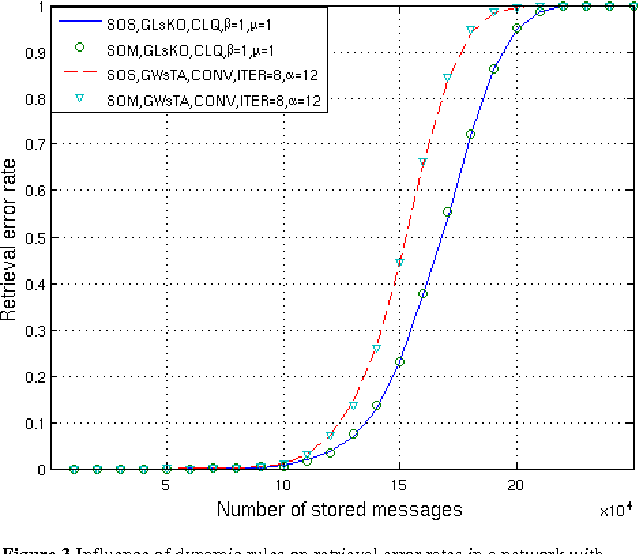

Abstract:Associative memories are data structures addressed using part of the content rather than an index. They offer good fault reliability and biological plausibility. Among different families of associative memories, sparse ones are known to offer the best efficiency (ratio of the amount of bits stored to that of bits used by the network itself). Their retrieval process performance has been shown to benefit from the use of iterations. However classical algorithms require having prior knowledge about the data to retrieve such as the number of nonzero symbols. We introduce several families of algorithms to enhance the retrieval process performance in recently proposed sparse associative memories based on binary neural networks. We show that these algorithms provide better performance, along with better plausibility than existing techniques. We also analyze the required number of iterations and derive corresponding curves.
Learning sparse messages in networks of neural cliques
Aug 20, 2012



Abstract:An extension to a recently introduced binary neural network is proposed in order to allow the learning of sparse messages, in large numbers and with high memory efficiency. This new network is justified both in biological and informational terms. The learning and retrieval rules are detailed and illustrated by various simulation results.
 Add to Chrome
Add to Chrome Add to Firefox
Add to Firefox Add to Edge
Add to Edge